Metal art takes many forms and has become a quite popular form of expression for artists. From beautiful custom-designed gates to western-styled napkin holders, the artist is limited only by his own imagination.
Steel is a great medium to work since it is so forgiving. If something needs to be added, in order to lengthen or shorten it, or even if you need to bend certain pieces, steel is the way to go. I would recommend using either MIG or TIG welding for your projects since they are relatively easy welding methods for beginners.
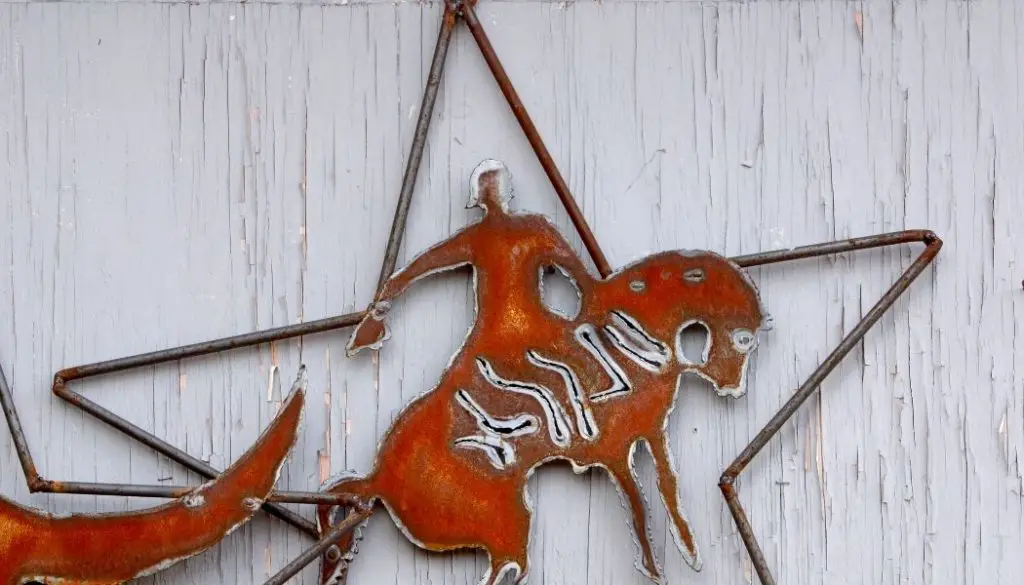
Table of Contents
How to Choose Right Type of Metal for Your art?
The artist’s decision on the type of metal to use will be based on the effect he or she wants to achieve, whether for aesthetic or utilitarian reasons.
Keep this in mind when choosing the right type of metal for your art:
Strength and toughness
Your art should withstand wear and tear from usage or from exposure to weather conditions.
Resistance to corrosion
More resistant materials have the ability to fight the effects of water and other elements which results in deterioration. For you as a welding artist, this means less need for surface treatments such as painting or powder coating your art.
Weight
Expensive metals that are strong and highly corrosion-resistant tend to be heavier than cheap materials that are softer and inferiorly crafted. You need to consider weight in an art piece because it affects its ability to stand independently without a support structure under it. Even if a weld material has a high strength, it’s still unsuitable if the weight is too much for the art’s support system to bear.
Stability
Your material should retain its shape and not deform even when under great stress.
Reactivity with other elements/chemicals
Some materials react with chemicals in the air, water, soil, etc., which will damage their surface over time. Low-reactiveness means a longer life span as it won’t deteriorate as quickly as those made from reactive metals such as aluminum. In welding arts, this is especially important for you if the artwork will be placed outdoors.
Formability
Metal Formability is really important. It is the ability of a metal to form or bend without breaking apart or reverting back to its original shape once the stress is removed.
Ease of application
Some welding materials need more delicate handling because they can break easily if not treated carefully. Such metals are not ideal for large-scale applications such as those on sculptures and bridges. Other materials, such as titanium, require very specific cutting techniques using saws that work only with this material.
Cost
Expensive metals are usually harder and more durable than those that cost less. For welding arts, the temperature resistance of a material may be a very important factor if it is planned to be used in large outdoor projects where environmental factors such as heat exposure could damage its surface.
If you are looking to make money from your welding art, I have put together this guide you may find useful.
Most Popular Type of Metals Used in Art
There are many different types of metals used in art. These metals can be made into various forms or used to make various objects. Many of you might think that the only metal that is used in art is aluminum. That is not true!
Aluminum can be painted on and stuck onto many different types of materials, but it’s not the only metal you will find in art. Read on to find out which metals are used in art, and what you can do with them.
Steel
Steel is a common metal used in welding processes because of its strength and high resistance to surface breaking however, steel rusts quickly if not handled carefully so it’s usually left unpainted after being processed so as to avoid any unwanted reactions from the elements during outdoor installations.
Aluminium
This metal might seem cheap and flimsy, but Aluminium can take quite a bit of punishment before breaking apart completely. It is typically the cheapest metal you will find anywhere so this means that people who want their art projects done quickly will use this type of metal instead of any other because they won’t end up spending too much time working with it.
Aluminum is easy to cut with most tools, but one thing you will need to remember about this material is that it can easily rust or corrode if left unpolished for too long. It’s also extremely lightweight, so the finished project will not be as heavy as many of the others you might create over time.
It can be made into thin sheets without much difficulty, making it easy for artists/welders to work with aluminum when crafting organic forms. Aluminum has high heat conductivity so it can be difficult to adjust the temperature of its surface for specific effects without changing its overall color.
NOTE: Welding aluminum tends to produce anodized finishes, creating different colors through chemical treatments which is useful when welding metals like stainless steel and other types that don't easily take on color after processing unless heated up to extremely high temperatures.
This particular metal should only be used if your goal is to create something that is very simple and does not require a lot of strength or durability.
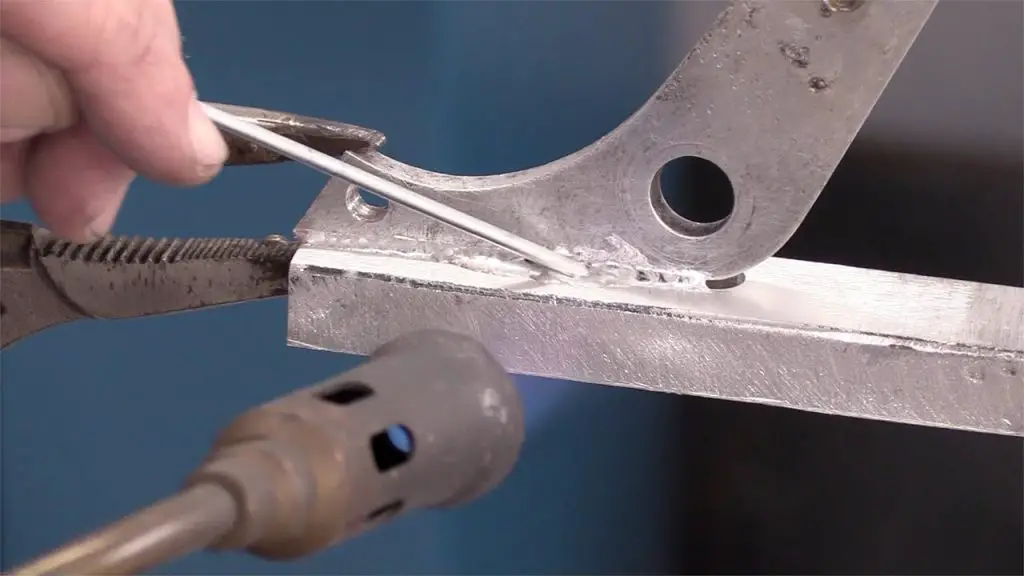
Stainless Steel
Stainless Steel is another type of metal artist use in their projects. Its low-ductility makes it difficult to work with compared to aluminum but it makes up for this quality by having higher tensile strength.
This metal type is ideal for outdoor art installations where environmental factors such as sunlight exposure could be potentially dangerous (e.g., rust.)

Copper
Copper is one of the most commonly used metals for welding arts because you can hammer, bend and mold it to create different shapes without too many difficulties.
It won’t rust over time, so you don’t have to worry about using this metal in your art projects. One thing you should know about copper though is that while it looks great when created into small shapes and forms it doesn’t have much strength or durability when compared to other types of metal.
Depending on how it looks after processing, copper often takes on an orange-like color when heated, making it aesthetically pleasing when in contact with other metals such as stainless steel and aluminum that do not easily take on colors and/or decorative markings.
NOTE: Copper can't really be used to create anything that has a lot of weight to it. It should only be used for smaller things that are still beautiful, but not meant for items you plan on using every day.
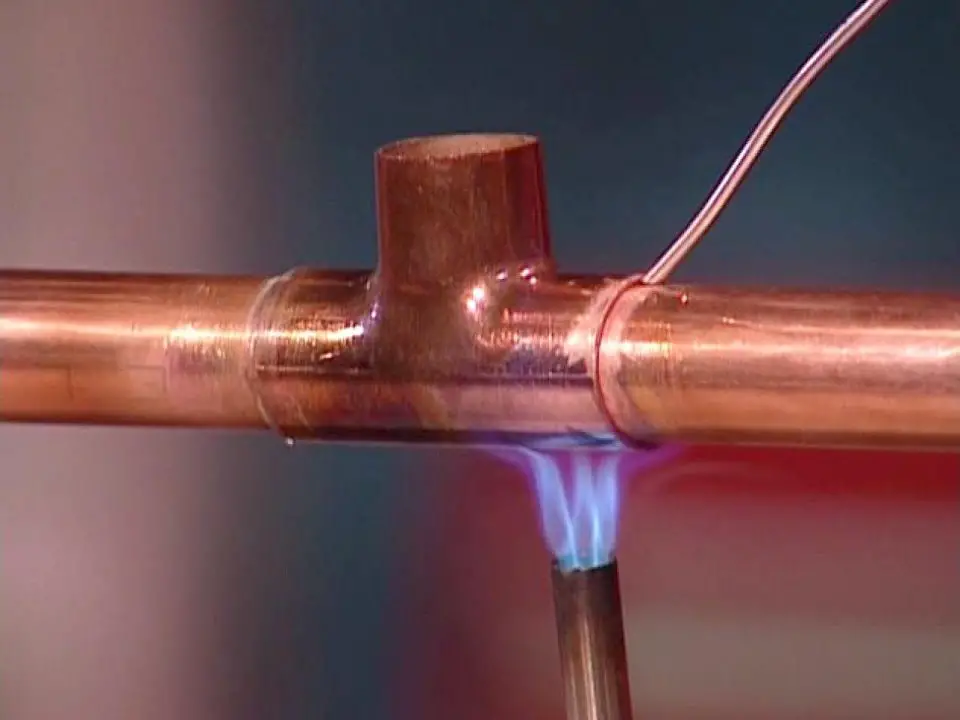
Titanium
It’s not the most common of all metals, but it is one of the coolest looking. When titanium is polished to a fine point it is actually considered to be white, but when left unpolished it is gray in color.
Titanium can be used to create all kinds of things, but most commonly, it is used for jewellery that is either very simple or at least has a very plain design. This metal can be made into many different shapes and forms if you know how to work with it right.
It has high heat conductivity, so when heating it for texturing effects during the sculpting process, surface temperature has to be carefully controlled in order to avoid changing the metal’s overall color.
TIP: It will never rust or corrode like other materials might, which means that you can use it in the art without having to worry about the color fading over time. At least not for a very long time.
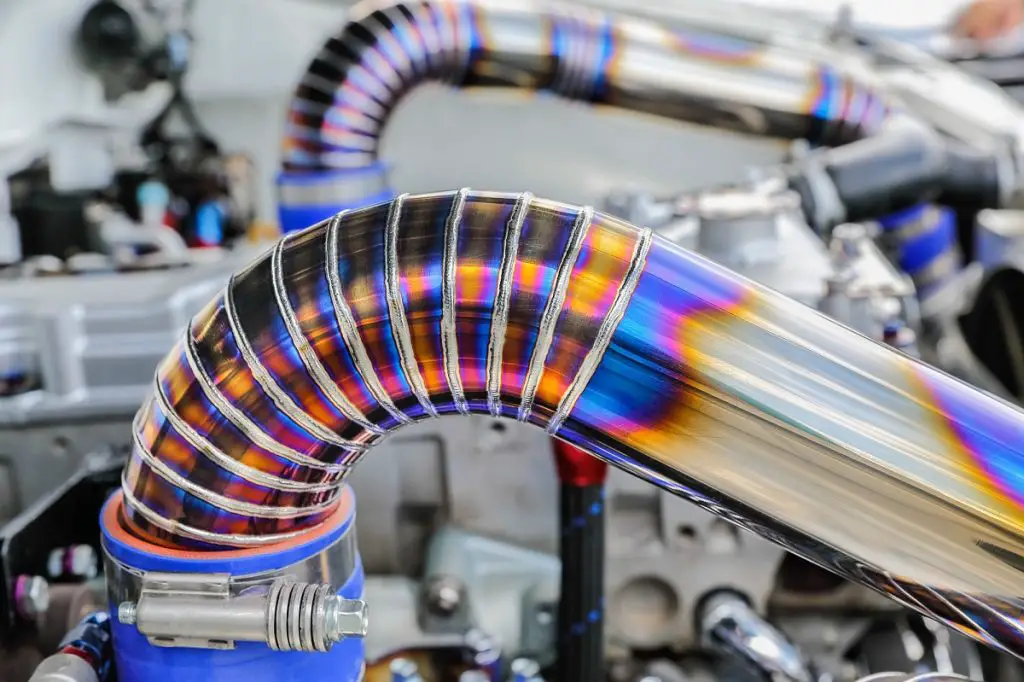
Iron
This metal is one of the most commonly used worldwide because it’s one of the cheapest. It doesn’t take much to create something out of iron, which means you can use this material without spending too much time or money on it. It can be polished or unpolished, depending on what your goals are.
Iron is slightly heavier than aluminum, but because it is considerably stronger, it can be made much smaller, so people won’t notice the difference when picking up the completed piece once it has been formed.
TIP: It's surface tends to take on an aesthetically pleasing red color after processing without much additional chemical treatment needed so it's commonly used for welding arts involving organic materials like wood, bone, stone and clay.
Brass
Brass is another metal alloy that welders use for an aesthetically pleasing result. This material has a yellow-like color when heated, similar to copper but with greater resistance from corrosion and rusting effects from environmental exposure such as rainwater damage.
Brass does not easily take on decorations or colors unless treated with chemicals before heating it up, which makes this a good choice for welding arts involving organic forms.
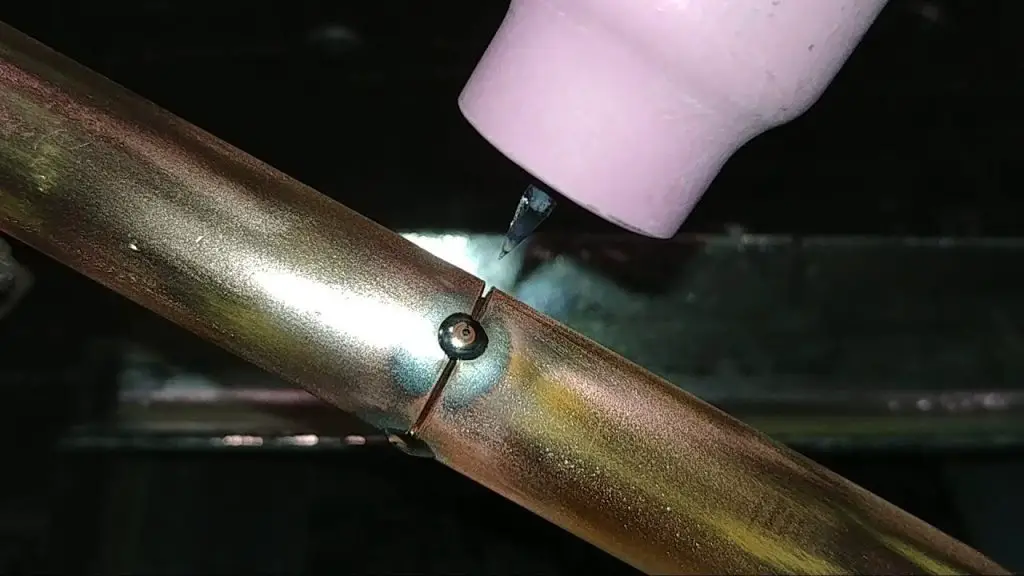
How big will your metal art projects be?
The best welding method for a future metal artist to learn is dependent on the size of the largest projects he or she is interested in creating. If you already know exactly what type of projects you want to create the choice should be fairly easy. If you are not sure, the decision becomes a little more difficult.
For starters, let’s look closer at a few scenarios.
Oxy/Acetylene Welding
For the beginner, this may be the best place to start for several reasons. When you purchase a good welding/cutting torch kit it should come with all the hardware (less bottles**) necessary. Necessary to not only gas weld, but by attaching the cutting torch, you can cut steel for your projects.
The cutting torch can also be used for heating up steel, red hot, to bend and shape it. You will not be able to weld large, thick pieces of metal together, but you can weld, smaller, thinner items all day long.
NOTE: Kits that come with the small bottles will be too small and limited on gas volumes. It is typically best to simply rent larger bottles from a nearby welding supply store. The larger bottles will cut down on the number of times per year you will need to carry them back to be exchanged for full ones.
MIG Welding
MIG welders are now the number one type of machine for industrial welding. The continuous wire feed and clean, slag-free welds save time in the welding shop. MIG welders come in 115v and 230v options.
If all of your weldings is expected to take place indoors on metals 1/16″ to 1/8″ thick, I suggest a 115v MIG welder using shield gas with .025 diameter wire. The smaller wire will make it easier to weld the thinner material. .030 wire will have a higher deposition rate and could also be used.
If all of your welding is expected to occur indoors on metals 1/8″ to 1/4″ thick, I suggest you step up to a higher capacity 230v machine using .035 diameter wire. This amperage and wire diameter upgrade will allow you to make fewer passes on thicker metals.
In reality, since most art projects do not require that the weld be as strong as the base metals, you can get by with, “Sticking together,” even thicker pieces as long as, if the weld fails, it can do no physical harm to anyone.
TIP: For additional information on MIG welding, read MIG welding – Gas or Flux Core? & 8 Tips for MIG Welding Beginners
When to Use Electrode Welding in Art?
Unless, as an artist, you desire to weld large sculptures for front yards or parks, you probably can get by with a MIG welder. However, you may need to switch over to flux-core wire to weld thicker metals when outdoors. That is another feature that makes a MIG welder a great choice for artists.
Personally, for larger projects that need to be welded with strength, I prefer electrode or stick welding, as it is also called. It may just be that I cut my teeth stick welding, but given the choice, that is what I will choose every time. The welding machine I would use would be an AC/DC machine.
For a beginner, an AC-only electrode welding machine is very economical. The Lincoln AC 225 is Lincoln’s best-selling arc welder of all time. The downside to using an electrode welder for typical artwork is that much of time, the smaller pieces are just tacked together. And, in my opinion, a wire welder or MIG welder is a little better at getting the arc started in exactly the right spot than a stick welder.
When to use TIG Welders in Art?
TIG welding allows for spatter-free, visually appealing welds. Art is visually appealing, and pretty welds are an art form to many of us. The TIG bead, if done well, will not need grinding.
If you work in non-ferrous metals such as copper, aluminum or magnesium you need a TIG welder. A MIG welder can weld aluminum and do a great job, but TIG is the option for you for copper and magnesium.
TIP: For additional information for the beginner welder read: What do I need to start welding?
Reading List
- What are the causes of welding spatter?
- How to select Welding Amperage?
- 5 Beginner Welding Mistakes
- How to Use a Plasma Cutter?
- The Best Welding Machine for Beginners
- Beginner Projects for New Welders
- Best Boots for Welding
- Why do welders wear welding caps?
- 10 Best Welding Helmets for the Beginner
- My 15 Gadgets for the Hobby Welder
- What Is Welding porosity

